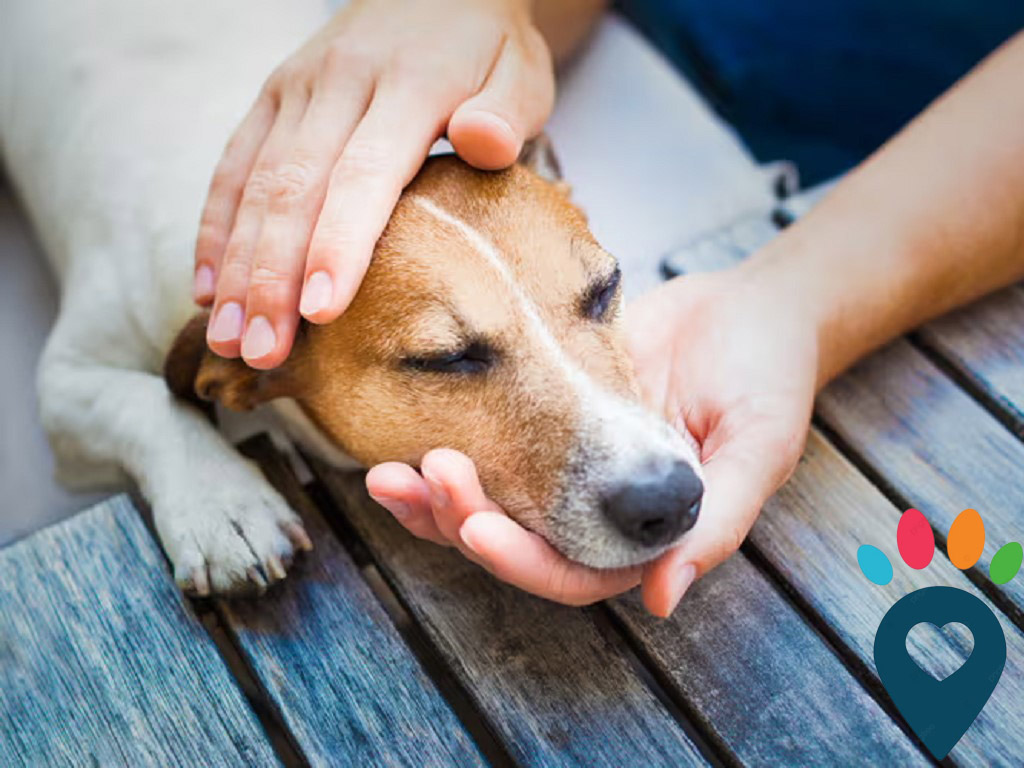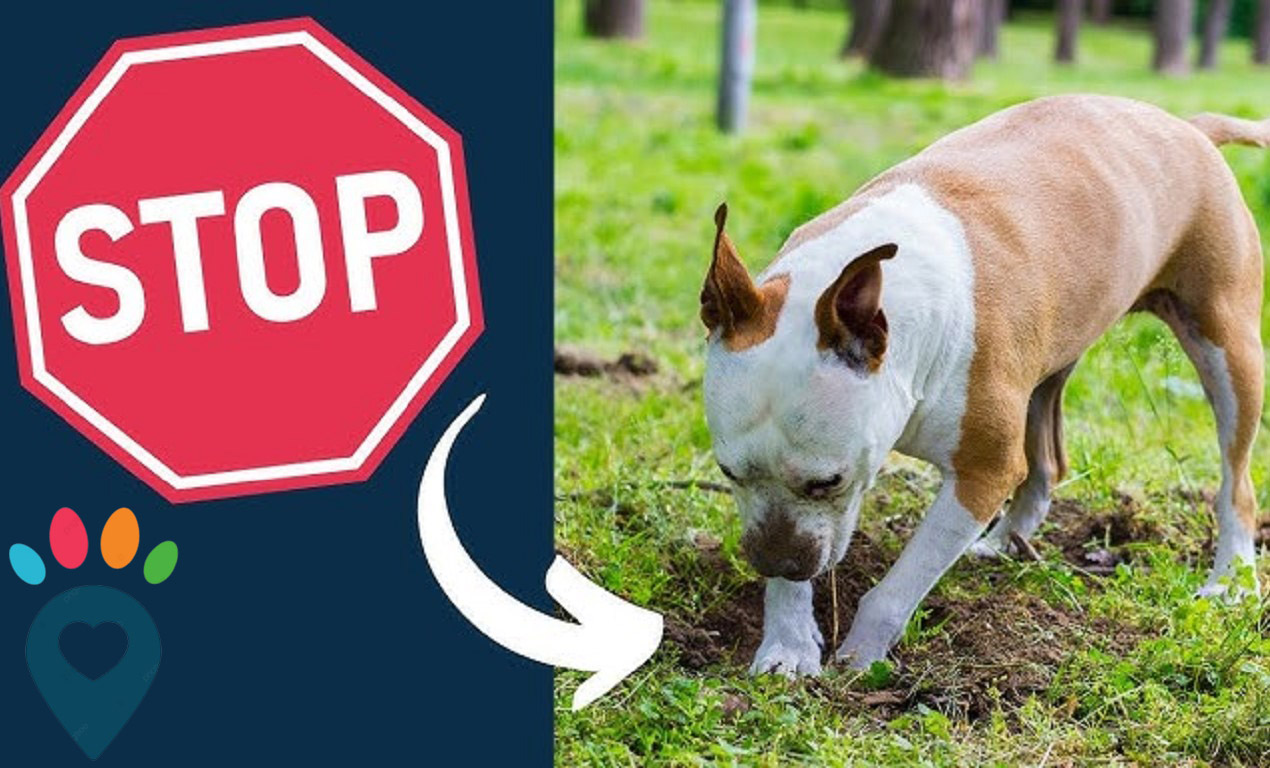
10 Human Foods That Are Toxic to Dogs
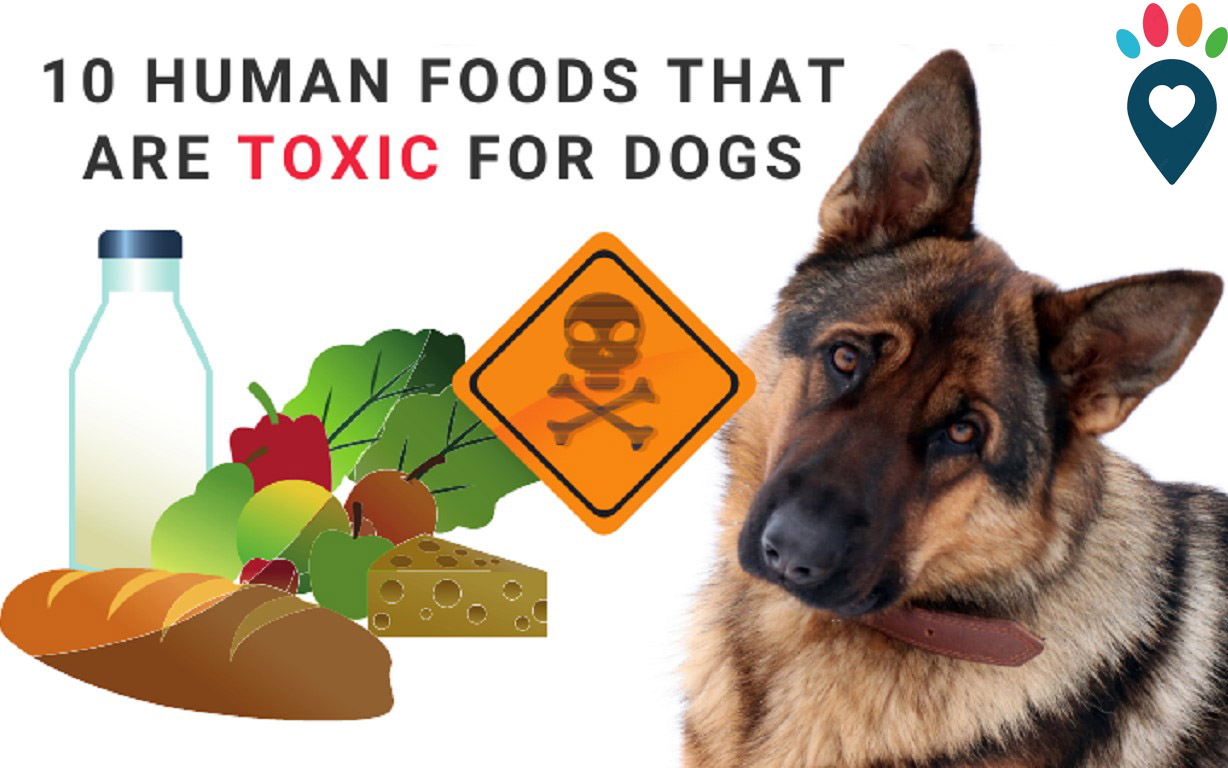
As we all know, dogs often beg for a bite of whatever we’re eating, their eyes full of hope and trust. While some human foods can be dangerously toxic to dogs, even in small amounts. The following are the top most toxic fodds for dogs that dog parents should avoid to keep their pets healthy and safe.
1. Chocolate
Some people will wonder why chocolate is harmful to dogs. In fact, chocolate contains theobromine and caffeine—two substances that affect your dog’s heart, muscles, and nervous system, and can lead to serious symptoms or even death if consumed in large enough quantities.
Common symptoms of chocolate poisoning in dogs include vomiting and diarrhea, rapid breathing or panting, increased heart rate or irregular heartbeat, restlessness or hyperactivity, tremors or seizures. In severe cases, it may even lead to coma or death.
Additionally, the darker the chocolate, the more dangerous it is for dogs, as dark chocolate and baking chocolate contain the most theobromine. Therefore, if your dog eats chocolate, especially in large amounts, call a veterinarian immediately.
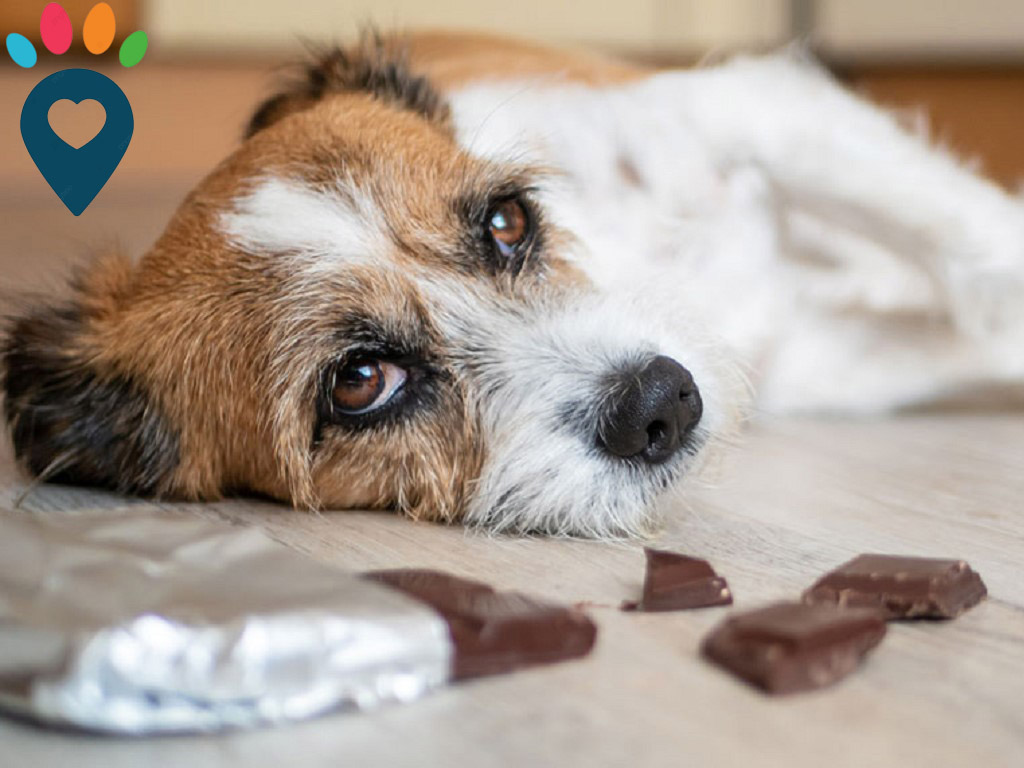
2. Avocado
Avocado is considered potentially toxic to dogs because it contains a substance called persin, which is a natural fungicidal toxin found in the avocado’s leaves, skin, pit (seed), and flesh. If the dog eat large amount avocado, it can cause gastrointestinal upset, pancreatitis, choking or intestinal blockage, heart or lung issues. In this case, you need to contact your vet for advice.
In fact, a small amount of ripe avocado flesh is unlikely to cause serious harm to most dogs. But you’d better to avoid giving it altogether, especially since it can still lead to digestive issues or obesity over time due to its fat content.
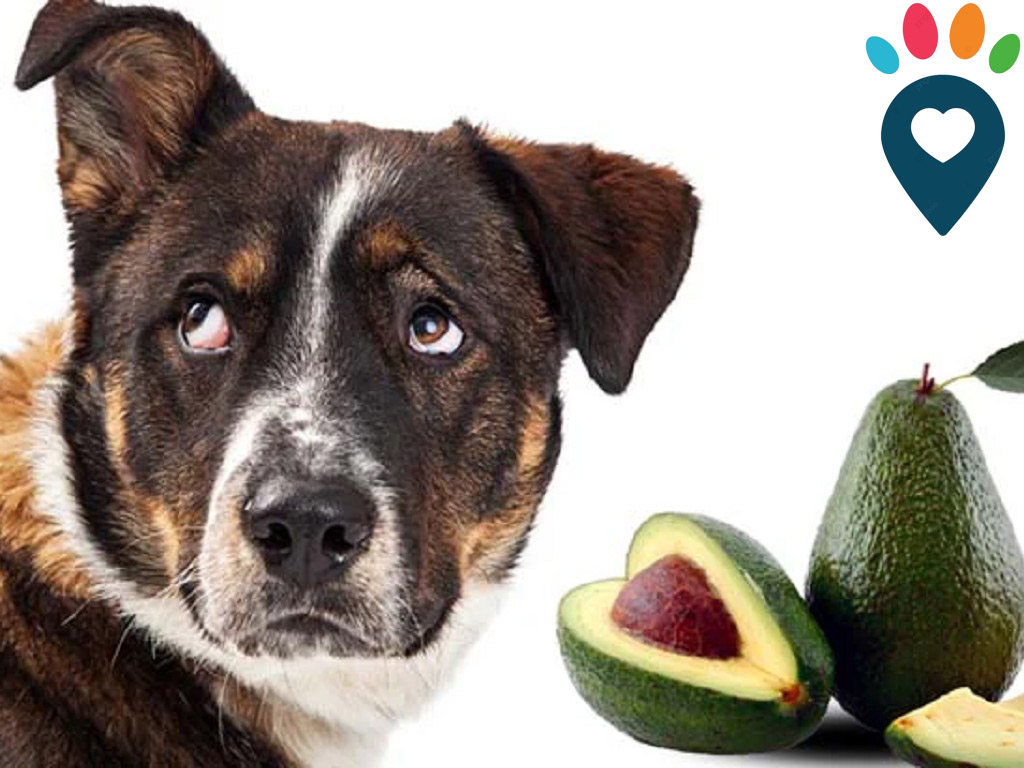
3. Coffee, Tea, and Other Caffeine
Coffee, tea, and other sources of caffeine all cotain caffeine, which is a powerful stimulant that affects a dog’s heart, nervous system, and digestive tract far more severely than it does humans. Symptoms of caffeine poisoning in dogs include hyperactivity or restlessness, panting or rapid breathing, tremors or muscle twitching, increased heart rate or abnormal heartbeat, vomiting and diarrhea, and seizures. In severe cases, it may lead to collapse or death. Therefore, keep Keep your dog away from cocoa, chocolate, colas, and energy drinks.

4. Grapes and raisins
Grapes and raisins are highly toxic to dogs; even small amounts can lead to acute kidney failure in some dogs. However, the toxicity is unpredictable - some dogs can eat a few grapes and suffer serious consequences, while others may show no symptoms after eating more. And there is no known safe dose of grapes or raisins for dogs, so they should be kept well away from fresh grapes, raisins, sultanas, currants, and even baked goods containing them.
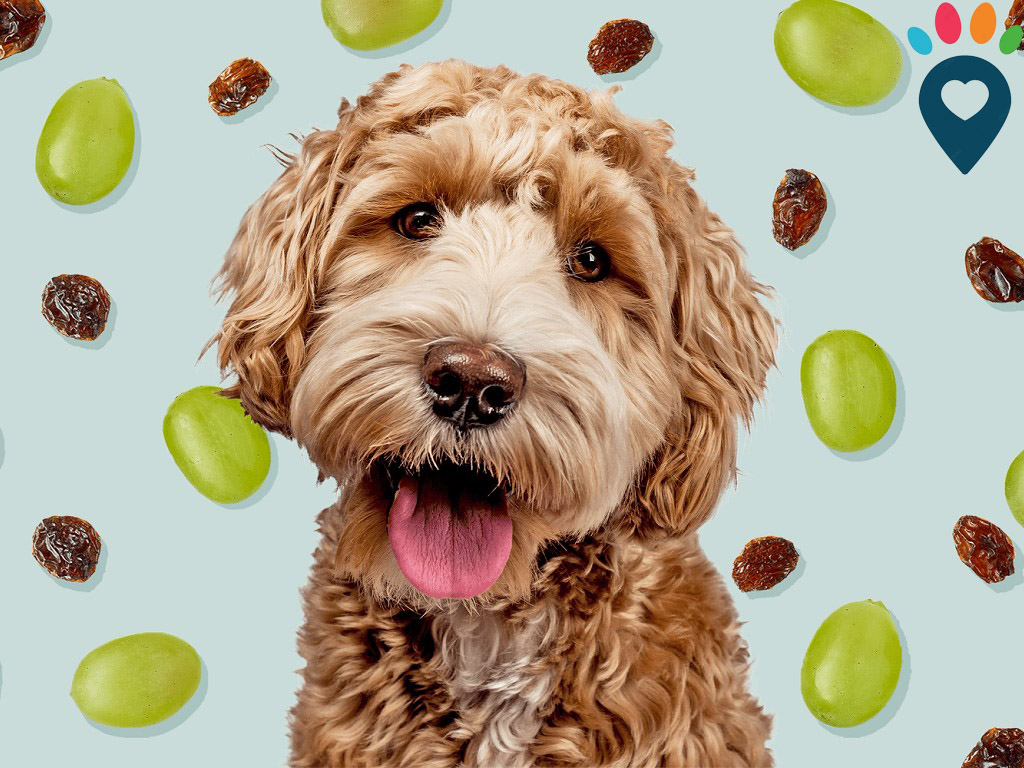
5. Artificial Sweeteners(Xylitol)
Xylitol is a type of artificial sweetener, can cause a dangerous and rapid drop in dogs’ blood sugar levels, in some cases, lead to liver failure. Xylitol is commonly found in products such as sugar-free gum and mints, baked goods, toothpaste and mouthwash, chewable vitamins and supplements, or some peanut butters and other low-calorie foods. If a dog consumes xylitol, symptoms may include vomiting, weakness or lethargy, loss of coordination or collapse, coma, yellowing of the gums, eyes, or skin. In such cases, immediate emergency veterinary care is essential.
Additionally, even a single piece of sugar-free gum can be life-threatening for a small dog. Therefore, always check product labels and keep anything containing xylitol well out of your dog’s reach.

6. Onions and Garlic
Onions and garlic contain thiosulfates that can damage dogs’ red blood cells, leading to a serious condition called hemolytic anemia. Dogs cannot properly digest thiosulfates, and even small amounts can trigger harmful effects on their red blood cells. In addition, if dogs consume garlic, symptoms may not appear until a few days after ingestion. Therefore, if you realize your dog has eaten garlic, contact a veterinarian immediately.
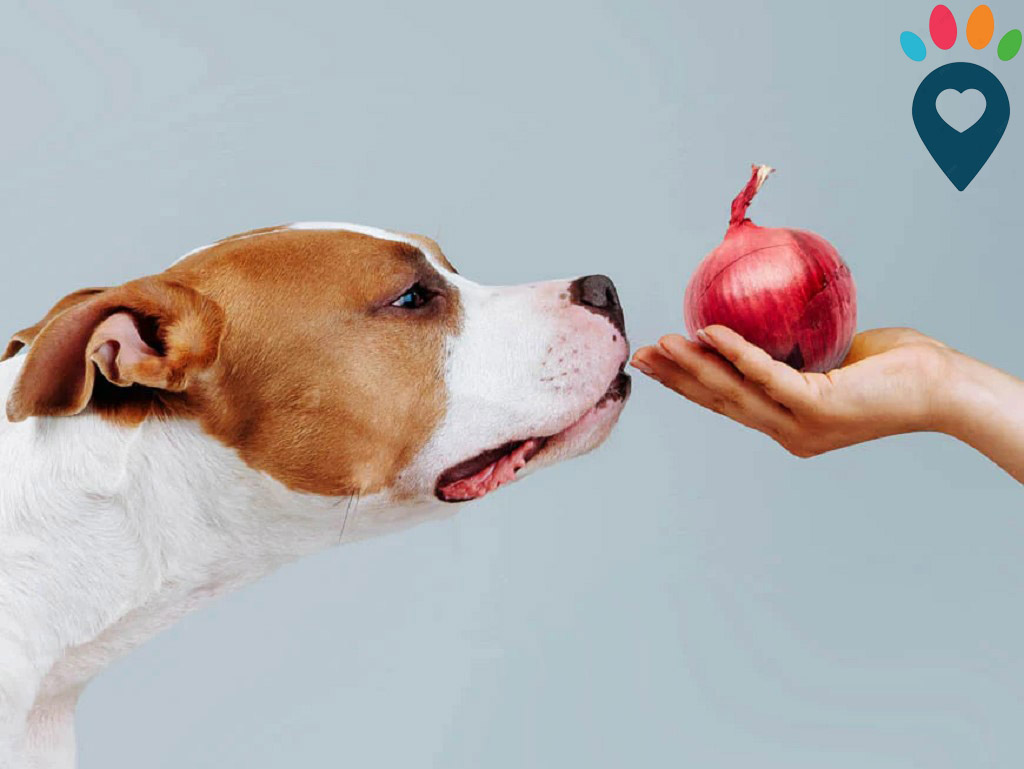
7. Macadamia Nuts
In fact, the specific toxin in macadamia nuts hasn't been identified yet. But a dog ingests just a few nuts can cause noticeable symptoms, which include weakness, especially in the hind legs, vomiting, tremors or shaking, lethargy, fever, loss of coordination, depression, and difficulty walking or standing. Therefore, pet owmers should avoid sharing any foods with macadamia nuts, and keep nut-based treats well out of reach.
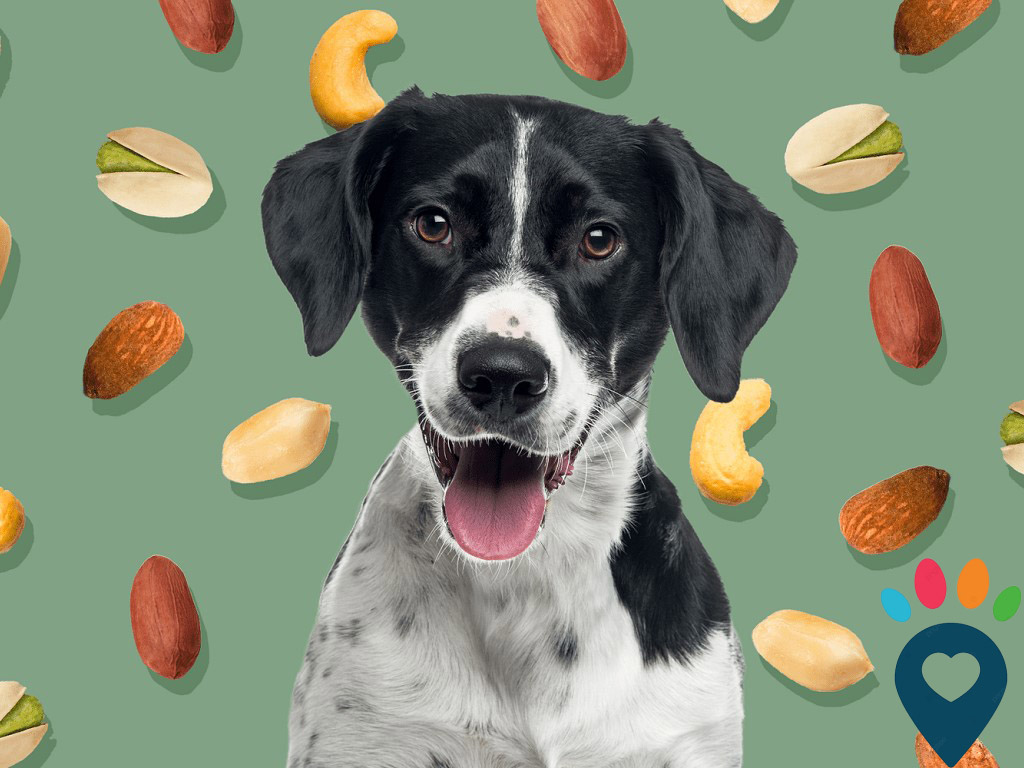
8. Mushrooms
Some mushrooms, including certain wild and even cultivated varieties, contain dangerous toxins that can affect the liver, kidneys, nervous system, or digestive tract. Symptoms of mushroom poisoning in dogs include vomiting and diarrhea, excessive drooling, weakness or lethargy, tremors or seizures, and uncoordinated movements. Symptoms may appear within minutes or be delayed by hours, depending on the type of mushroom.If you suspect your dog has eaten mushrooms, seek veterinary care immediately. If possible, take a photo of the mushroom or bring a sample for identification.
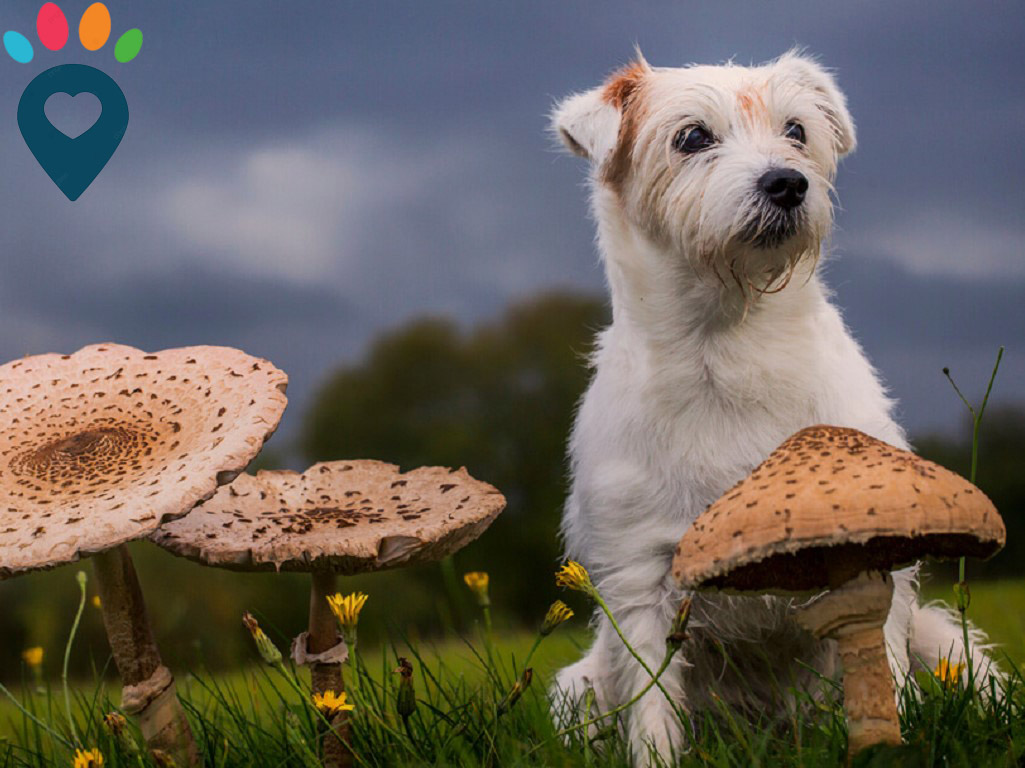
9. Alcohol
We all know that drinking too much alcohol will be harmful for huams. It’s also very harful for dogs. Becasue dogs’ body are much less capable of processing ethanol, which is the active ingredient in alcoholic beverages and many other products. Even small amounts can cause serious health issues and may be life-threatening, especially for small dogs. Therefore, be sure to keep alcoholic drinks well out of the reach of dogs!

10. Salt
Dogs may be drawn to salty foods, but consuming too much salt can be dangerous. Because consuming large amounts salty food disrupts the delicate balance of electrolytes and fluids in dogs’ bodies. For instance, when a dog consumes too much salt, it causes cells to lose water, leading to dehydration, swelling in the brain, and organ dysfunction. The experts said that as little as 2–3 grams of salt per kilogram of body weight can be dangerous. For a small dog, that might be just a few salty chips or a spoonful of soy sauce. Therefore, avoid giving your dog salty human foods, and always keep salt-heavy substances well out of reach.
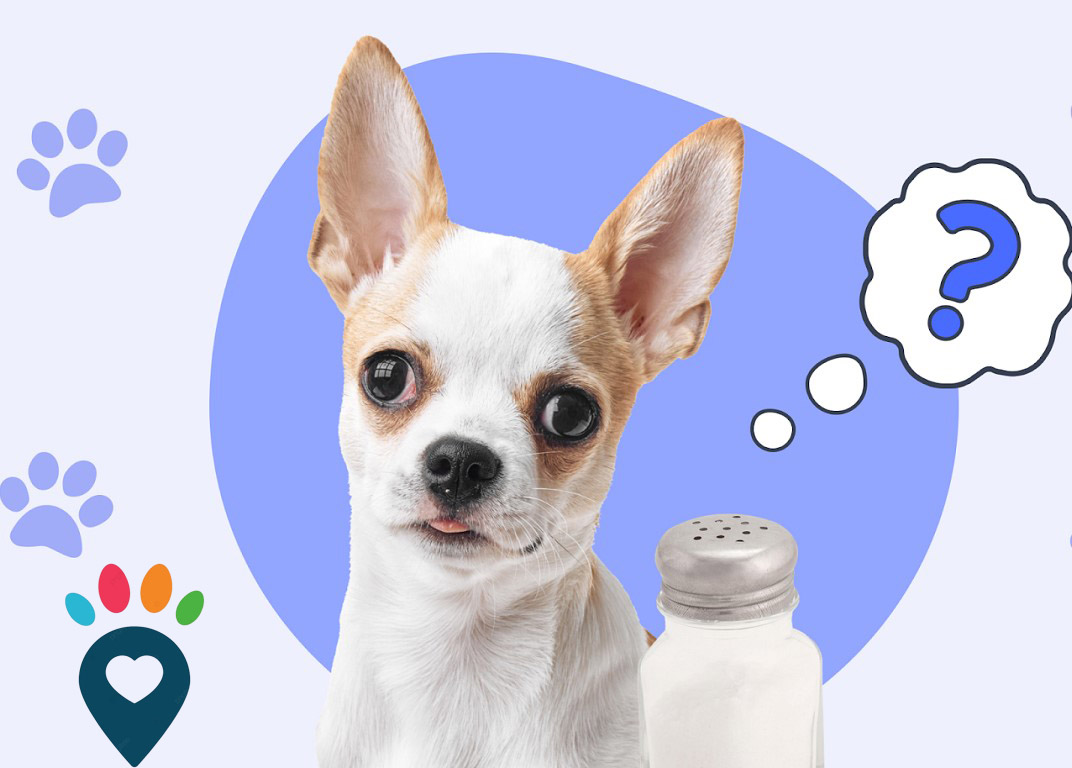
By keeping these items in mind, you can better protect your dog from dangerous foods. However, different toxic foods can affect dogs in different ways, leading to a range of symptoms. These may include vomiting, muscle tremors, fever, intense scratching, limb weakness, diarrhea, breathing difficulties, and sluggishness. If your dog shows any of these symptoms, seek veterinary attention immediately.
